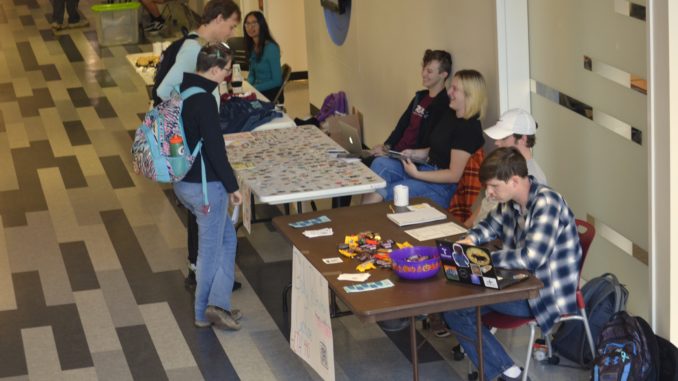
Truman State University is in the process of reorganizing departments. The process involves all 25 academic departments and will be underway throughout the next 18 months, several members of the reorganization effort said.
Spearheading the reorganization effort are Charles McAdams, interim vice president of academic affairs and provost, and a committee of faculty members called the Committee to Consider Reorganization of Academic Affairs. A full list of committee members is available on the Provost’s website.
“[The goal] is to increase the efficiency of the administration of departments based on the size of the faculty and the student body, which are both decreasing,” said Danion Doman, chair of the classical and modern languages department.
Doman said it is likely the department reorganization will minimally, if at all, affect students. Any effect on students could potentially be positive, he said. For example, if the student is in an under-resourced program and joins a larger unit, they could reap more benefits from the larger program, he said.
Doman said the academic reorganization committee has been visiting all the department meetings this semester and has been gathering feedback based on a set of questions for the departments.
Leading the reorganization committee is Stephen Hudman, chair of the biology department.
“One of the reasons that we’re [attending the department meetings] is trying to get perspective on opportunities that we might explore in reorganization that would benefit Truman,” Hudman said.
Hudman said, given that the effort is still in the infancy stages, to avoid speculation. He said the effort is still in the stage of collecting feedback before assessing next steps.
Hudman said Truman has not reorganized departments since the late 2000s. The University was a different size then, having over 100 more faculty members and at least 1,000 more students compared to current enrollment.
Hudman said the 25 departments currently housed by the University made sense at the time but are part of a structure that no longer works.
“The inspiration [for the reorganization effort] is based on the fact that we are a reduced-size university,” Hudman said. “The demographic data — the number of people that are potentially coming to college — suggests that we’re going to stay at a reduced size for some time to come.”
“We have some departments with as few as three, four and five faculty in them,” McAdams said. “It’s very inefficient to run, plus it is really a burden on those faculty.”
McAdams also said the reorganization effort will have no direct impact on curriculum and is strictly a structural effort.
While McAdams said he does not have a direct role in the effort’s current proceedings, he encourages the continuation of the committee’s work until his direct contribution is necessary.
The reorganization effort is on track to continue through the next two years, involving periods of trial and feedback from all departments and Truman’s executive board, with a planned launch date of August 2024.
